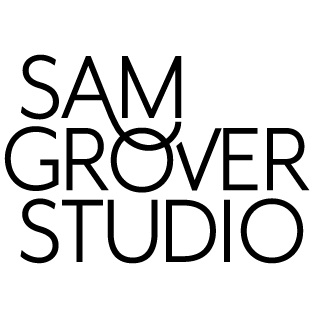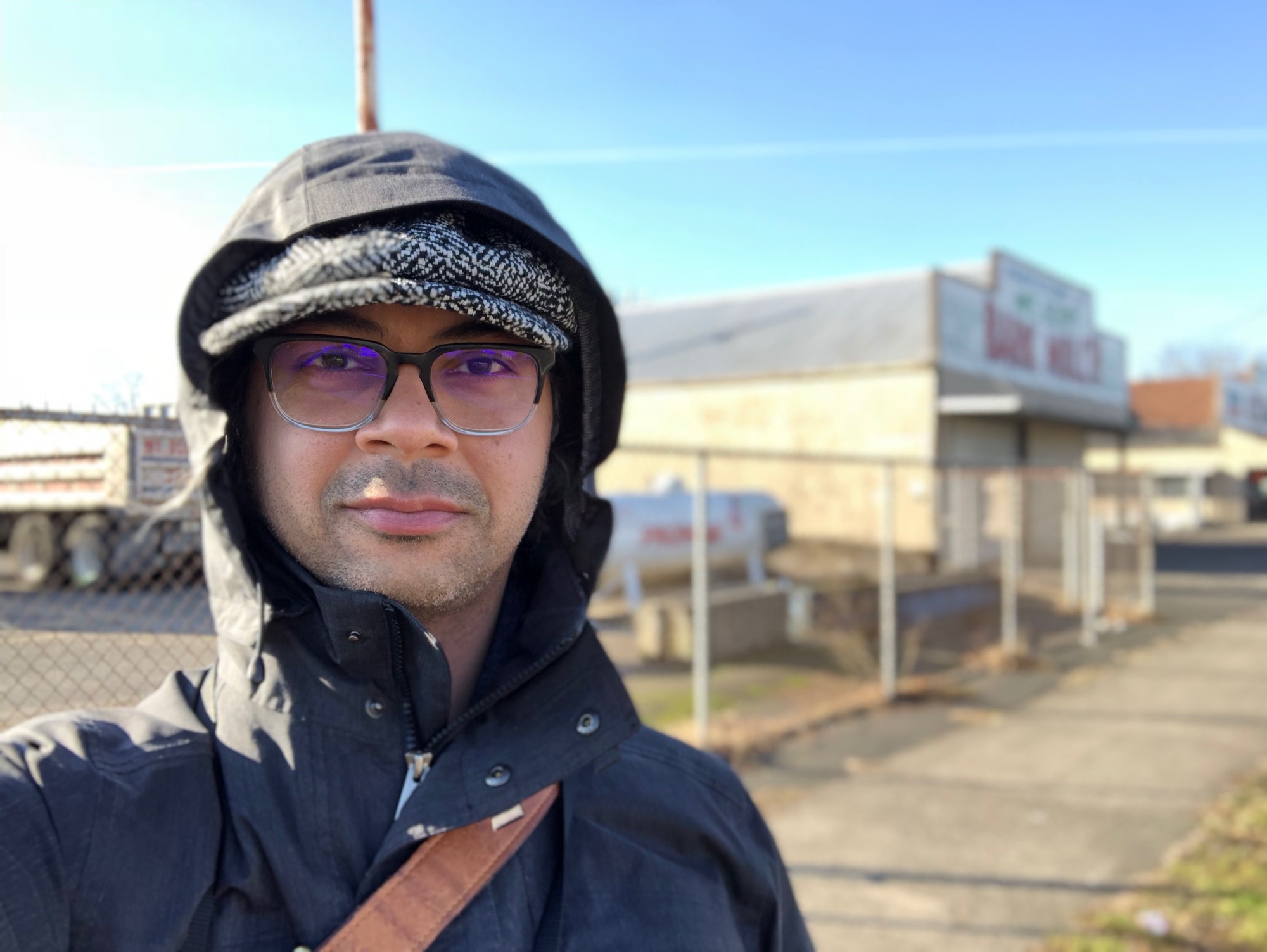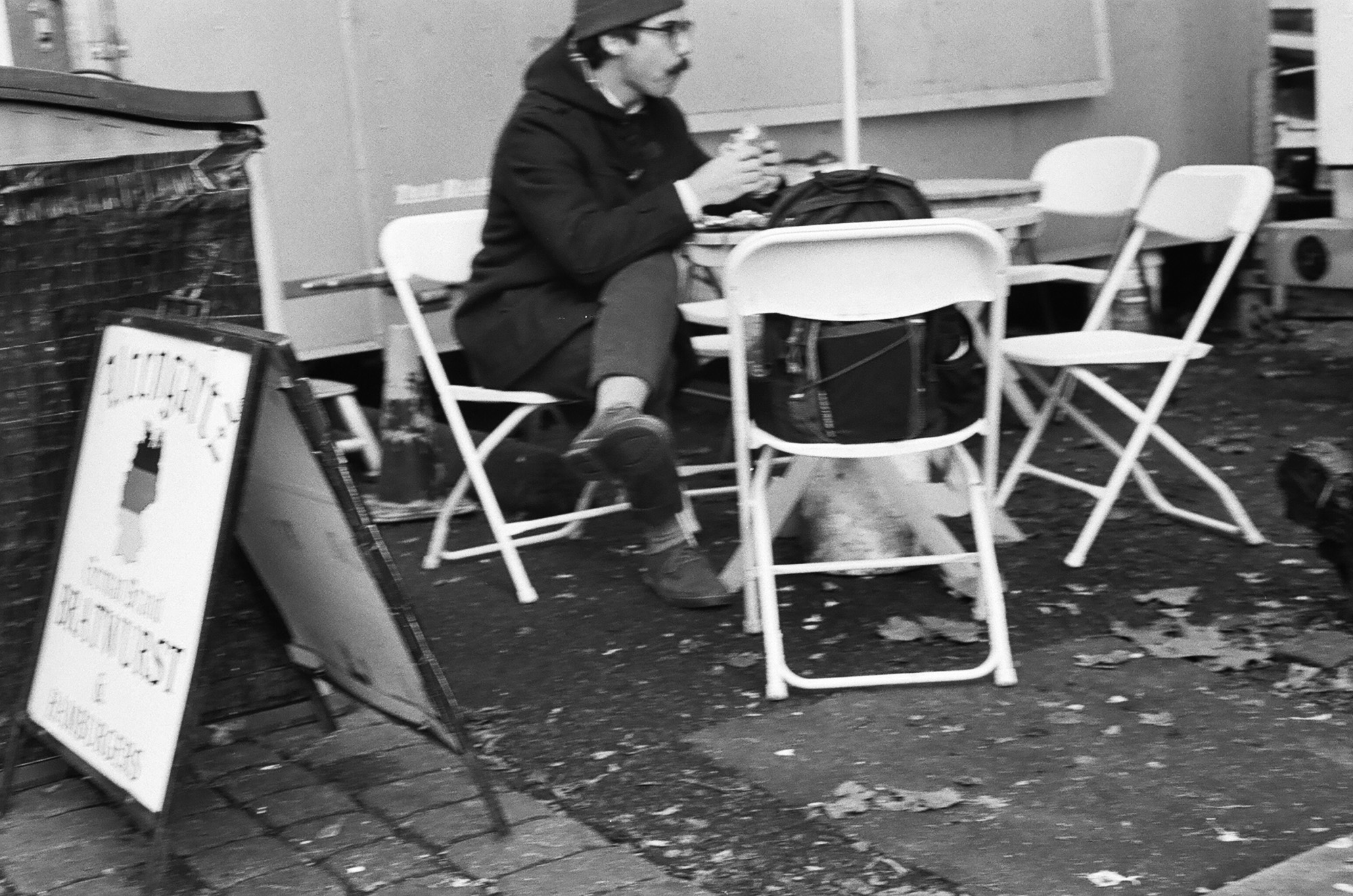When the iPhone X was announced, I was quite excited about it for a few reasons: the dual cameras, the OLED screen, and the smaller than Plus form factor. Ever since Apple introduced iPhone models with dual cameras, I've wanted one, but I just didn't want the added bulk of the Plus models that had that capability.
One of the interesting features on the iPhone X's Camera app is the Portrait mode that applies a faux bokeh (fokeh, if you will) on the subject being photographed. This is another one of the new computational photography features, like HDR, in the iPhone line and was introduced as a beta last year on the iPhone 7 Plus.
I decided to compare the fokeh with bokeh produced by my dedicated camera, Leica M with a Summicron-M 35mm f/2 lens. Following are a few examples. You can select each photo to see it in a larger size.
All photos were taken handheld. This is significantly harder on the Leica M because of the manual focus and extremely shallow depth of field. That the iPhone makes this effortless is great.
All Leica M photos were taken with the Summicron lens wide open at f/2. The iPhone's wide lens is f/1.8 but I used the Camera app on auto and let it pick whatever settings it wanted.
I tried to keep the frame the same. In hindsight, I should've used a 50mm lens on the Leica M to keep the focal lengths more comparable. However, I don't think that would alter my observations or conclusions.
In the iPhone photo above left there is an obvious artifact on the lower part of this hummingbird feeder. The left side of the feeder is in sharp focus whereas the right side is blurred.
Sometimes the fokeh works but creates completely unexpected artifacts as seen in the following photo of my glasses on a beer bottle. It appears to be due to the transparency and the background. I've never seen this happen when I'm wearing these glasses, as can be seen farther below.
I shouldn't forget that this feature was primarily designed and marketed towards taking portraits of people, and in that respect it continues to do an admirable job. Here are a couple of photos of my partner, Jenni, in different lighting conditions.
I have occasionally taken a selfie with the Leica M in the past but I usually don't bother because it is unweildy to point at yourself at an arm's length. This combo is just over 2 lbs 2 oz and there is no way to see the frame. The iPhone has this down like nothing else.
So the following are all iPhone X images, in normal mode, and portrait mode, with HDR equivalents. These illustrate how useful it can be to blur out the background when it is not at all interesting. Or if you want that pole sticking out of your head to be less prominent. Also illustrated here is the benefit of HDR combined with portrait mode (with only a minor artifact).
Overall, I would say that Portrait mode does a great job of using technological advancement to render this optical effect quite nicely. Subjectively, I find the bokeh to be more pleasing than the fokeh, but ask me again after a couple more generations of hardware and software enhancements.



























































